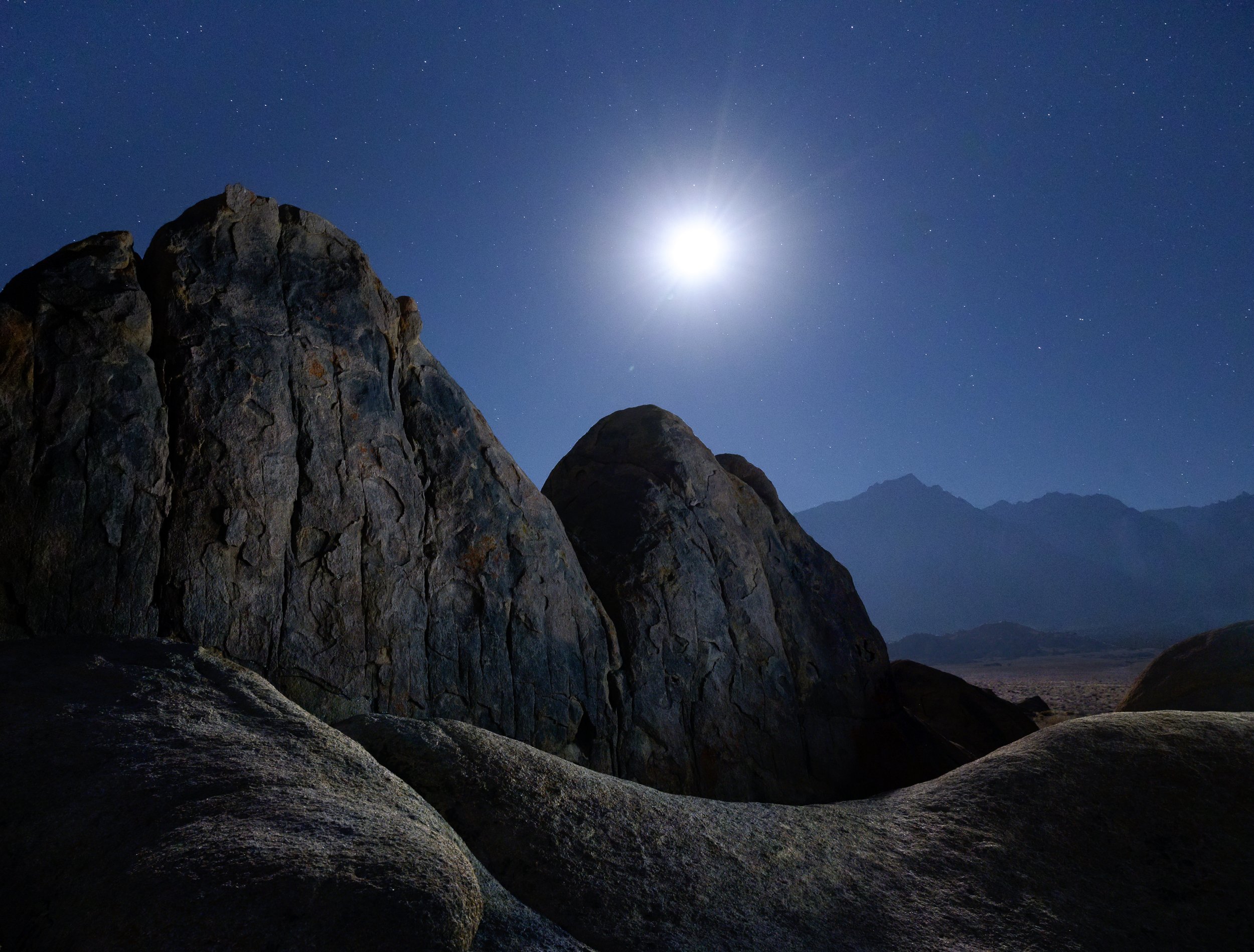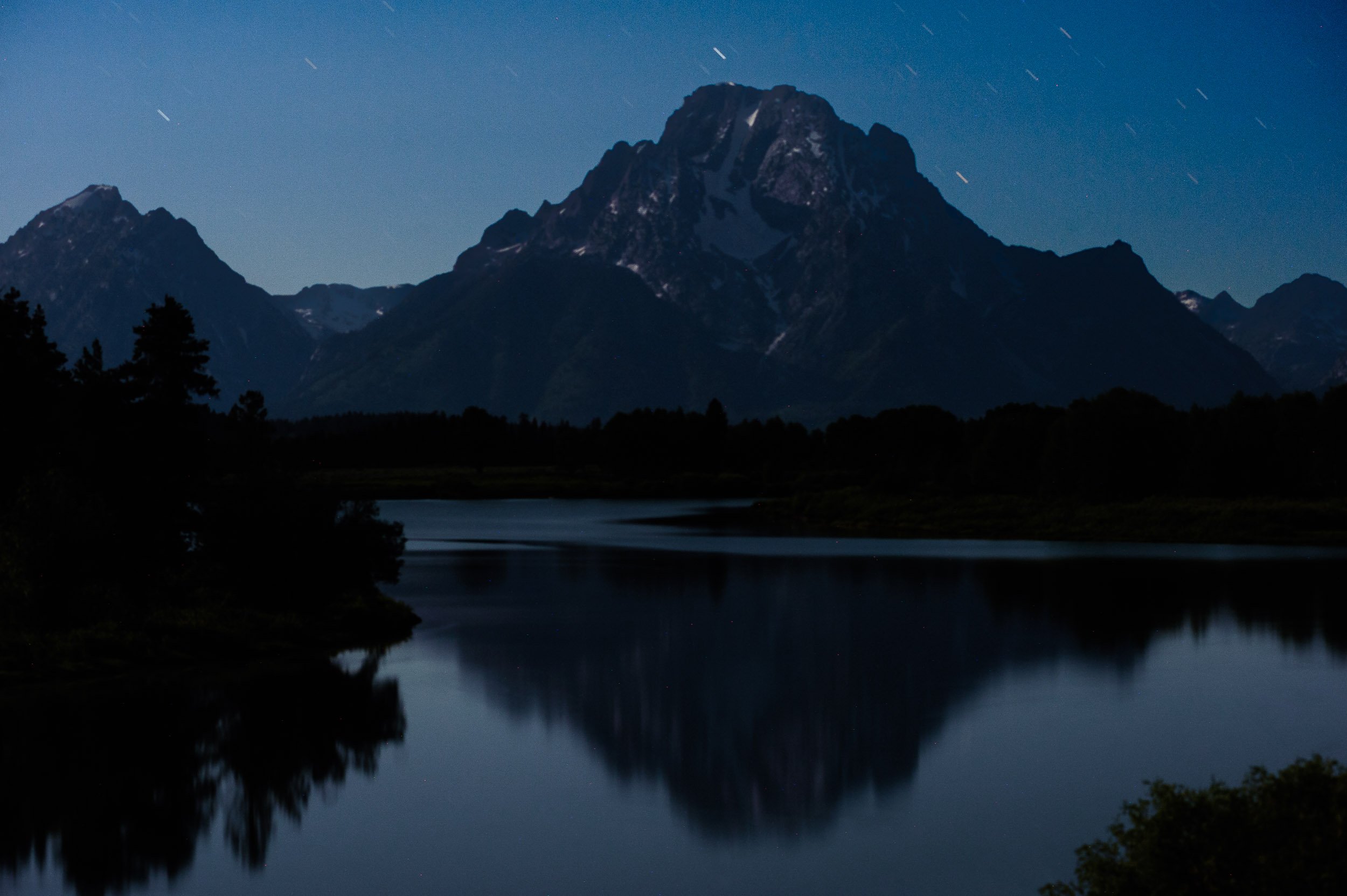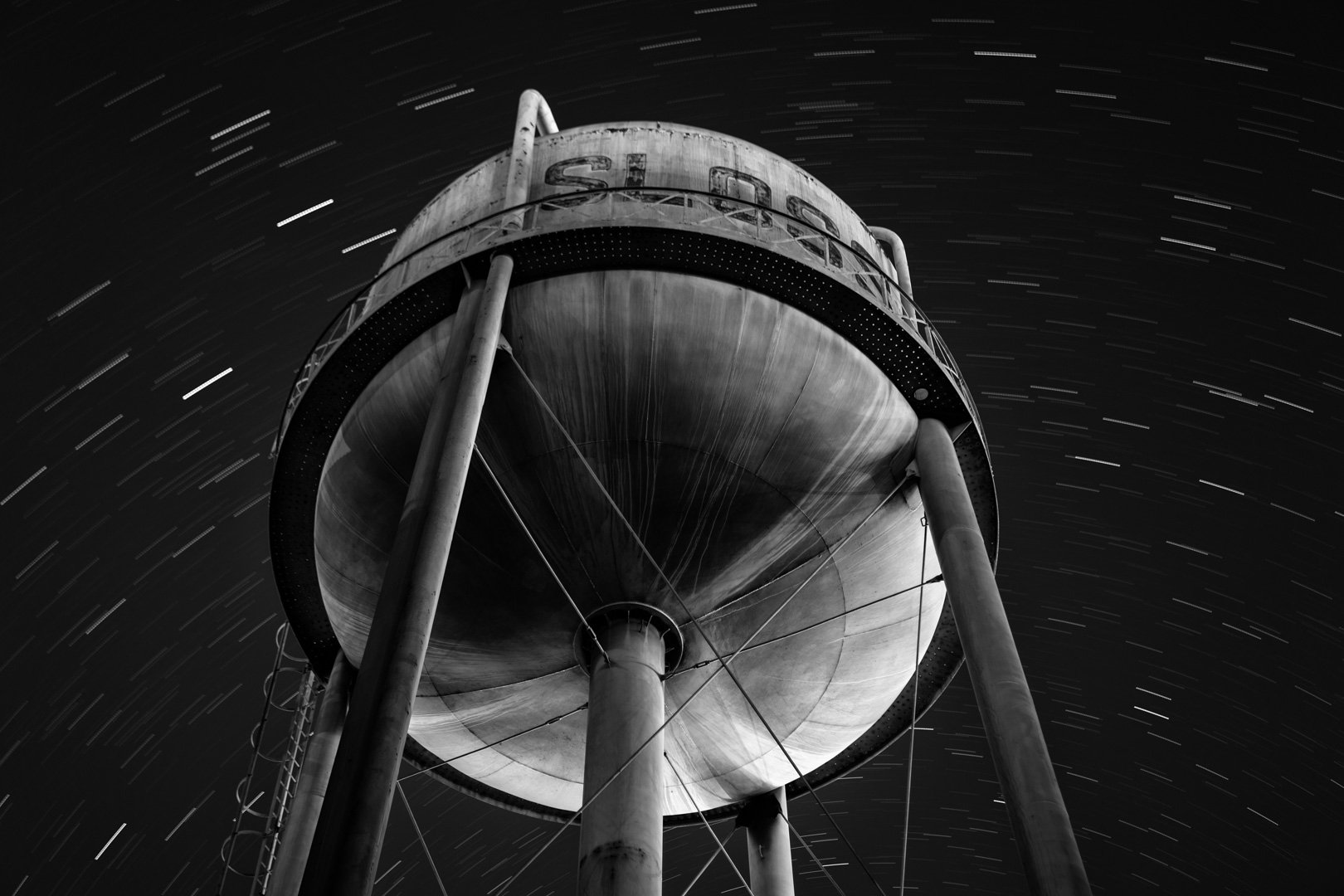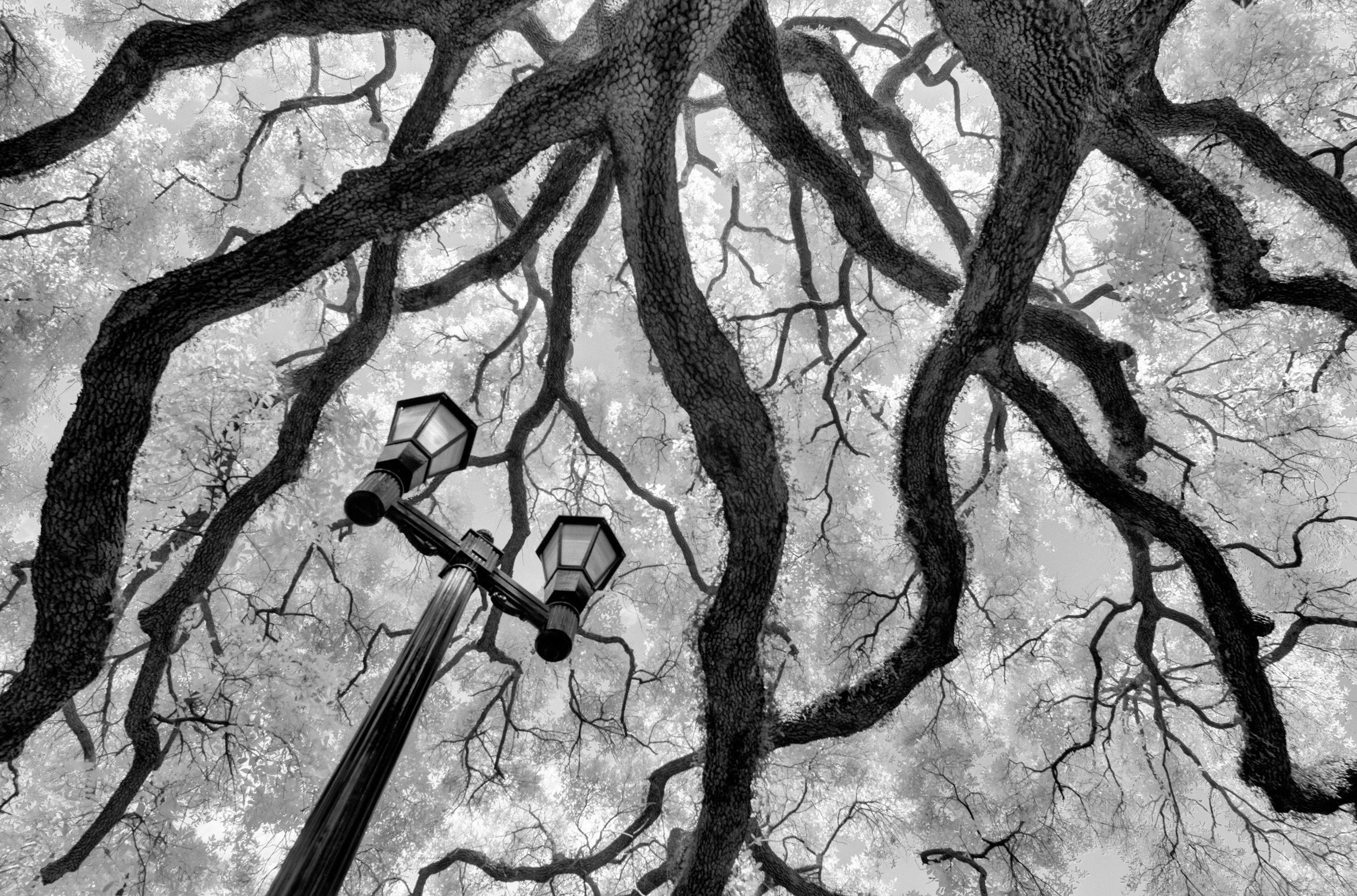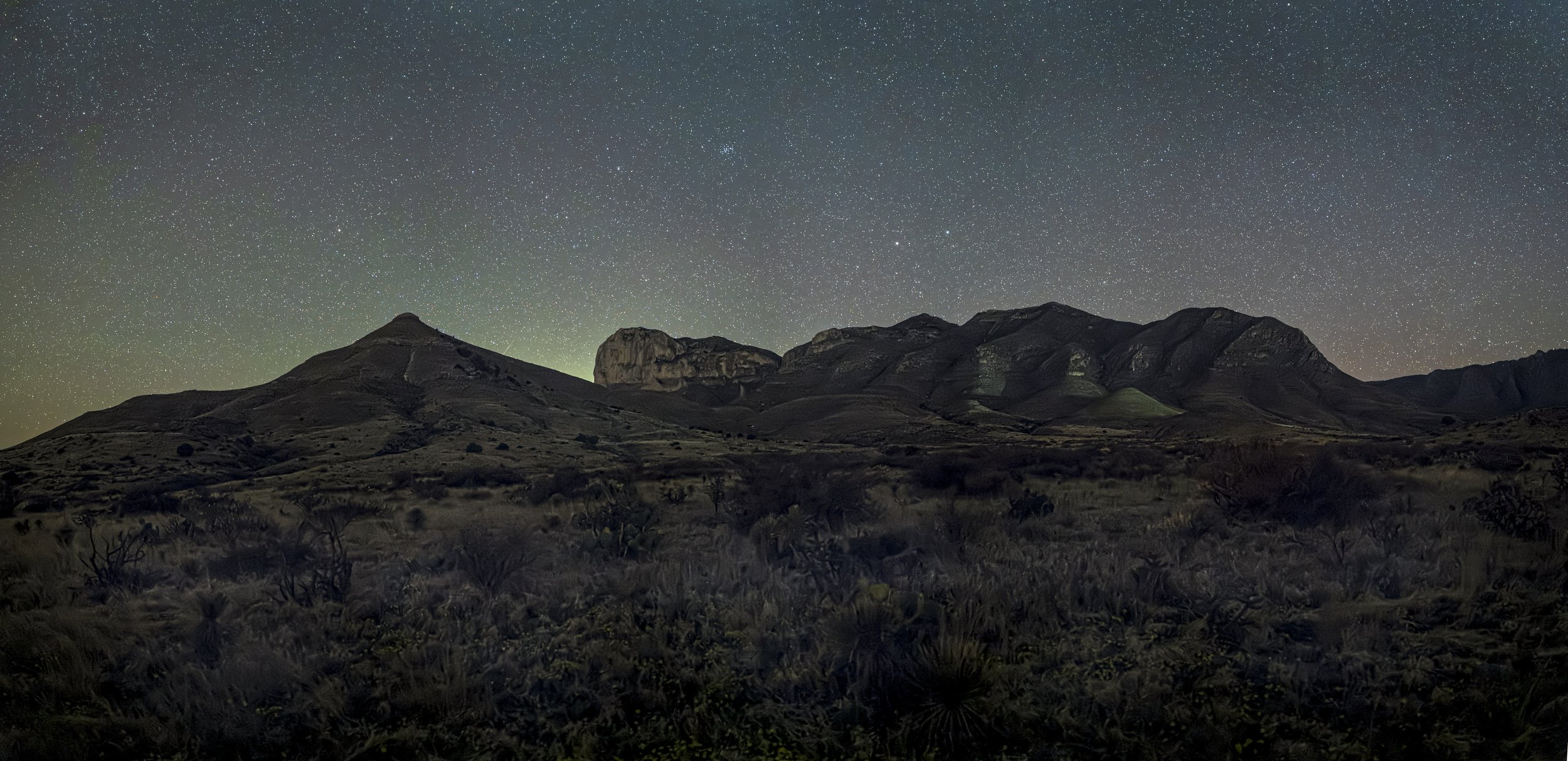Dr. Tyler Nordgren is a professor of physics and astronomy at the University of Redlands in California, and is author of Stars Above, Earth Below: A Guide to Astronomy in the National Parks (Springer Praxis Books, 2010).
For over a decade Tyler has worked with the National Park Service to promote education about astronomy and to preserve the pristine night skies of the parks. Part of that effort was the nationwide “See the Milky Way” poster campaign that ubiquitously reminded visitors that “half the park is after dark.”
Recently I talked with Tyler about why he loves the parks, reasons they’re so great for night photography, upcoming celestial events we should all want to photograph, and more.
Chris: Was there a pivotal moment when you realized how great the night skies are in the national parks?
Tyler: The big ah-ha moment for me was in 2005. I bought my first digital camera and went to Yosemite to just see what this new camera could do. I’d been shooting film up until that point and having a difficult time doing night sky photography.
So here I am at Yosemite, and it’s a beautiful clear evening. I decided to go to the evening ranger program because I saw it was about astronomy, and this ranger starts talking about how all the national parks are these last preserves where your average person can still go and see the sky.
Yosemite National Park, © Tyler Nordgren
As a professional astronomer, I’d traveled all over the world, I’d gone to observatories—I was used to being able to see the Milky Way in a star-filled sky, but it was always from this distant mountaintop. Then I realized, “Oh yeah, the average person doesn’t really get that the way I do, and it’s here in places like Yosemite.”
As the sky got darker and the stars came out and people were oohing and ahhing over what they could see, then that definitely hit home in a visceral way. It was like, “Wow, these folks have never seen the Milky Way before, and they are seeing it now for the first time, and it is having the exact same impact as when somebody sees the Grand Canyon for the first time.” That is powerful.
Chris: What is it about the national parks that make them so great for night sky viewing?
Tyler: Well, this year the National Park Service is celebrating its 100th anniversary. So for at least 100 years, you’ve had the Park Service preserving and protecting these large mass landscapes where you don’t have car dealerships, you don’t have the sense that a streetlight has to go up every 100 feet, there aren’t condominiums and row houses. This idea of seeing the natural beauty of the landscape by day has inadvertently and virtuously preserved that natural landscape at night, and that’s what the parks have really afforded.
Fortunately, the Park Service has begun to realize that too—“Wait a second, we have this entire other natural resource we weren’t aware of.” One of the things that I came up with and helped spread through the Night Sky Program is the idea of “Half the Park is After Dark.”
Chris: What are your favorite national parks for night skies?
Tyler: On the East coast it’s definitely Acadia. I’ve had so many gorgeous evenings out there, and I absolutely love what the folks are doing there to preserve it. It’s the best community buy-in I’ve ever seen anywhere.
Other places, too: Chaco Culture National Historical Park in New Mexico. The fact that you have to drive 13 miles on a dirt road to get there really makes you feel as though you’ve driven back in time, and it connects you to the historical sense of the night sky. The people who have been living there for centuries have paid attention and have lived by the sky.
And Grand Canyon is still a favorite. Going out and standing on one of those overlooks either on the South or the North Rim and having this black expanse beneath you and then the star-filled sky above—it’s awe-inspiring.
Acadia National Park, © Tyler Nordgren
Chris: Are there any upcoming celestial events that you’re particularly excited to get out and see?
Tyler: The big one is the total solar eclipse that’s happening August 21, 2017.
There are meteor showers every year and those are nice, and a lunar eclipse is great if you happen to be someplace beautiful. But a total solar eclipse is something not to be missed, and the continental U.S. has not seen one since 1979. And that was a total solar eclipse visible from only the Pacific Northwest; this one will cross the entire United States, and that hasn’t happened since 1918. This will be something that every man, woman and child should make the effort to go out and see.
The eclipse will cross three or four national parks and monuments, including Grand Teton and Great Smoky Mountains. And what’s even more wonderful about this is that a total solar eclipse happens during a new moon, and late August is prime summer Milky Way season. So wherever people travel to see this eclipse, they can stay the night before and the night afterward—they can go for the sun and stay for the stars. If you’re someplace beautiful, away from city lights, you’ll have an amazing sky that night. And since it’s August 21, you may still even have a few Perseid meteors left.
Chris: You spend a lot of time outdoors at night. Do you still do any photography while you’re out there?
Tyler: Yes! As an astronomy enthusiast and a professional astronomer, I’ve been playing around with cameras and telescopes trying to photograph the night sky since I was in high school. But it was very, very hard with film, as other folks who shot with film can attest.
When I became a professional astronomer, the idea of photographing the night sky through telescopes had lost interest, because that’s my day job. But starting in 1997 I was working at the U.S. Naval Observatory in Flagstaff, Arizona, and that’s when I got out into the countryside, into the national parks, especially in the Four Corners area, and began photographing the skies above the parks.
Hawaii Volcanoes National Park, © Tyler Nordgren
Then it really took off in 2007, when I had my digital camera and I took a yearlong sabbatical in the national parks. I spent 14 months—every single clear night, and even some not-so-clear nights—outside in a national park somewhere in the U.S. taking photographs of the sky, and I have been doing it ever since. I learned more in that year than I’ve learned in the eight years since.
For me, the key thing is the lens. I really like shooting wide-angle because my goal is to capture what the typical park visitor can see, and I like to be able to do that in a single exposure. I don’t do a lot of mosaics, or tracking sky or anything like that; I’m looking for that one single shot, and I look for wide-angle lenses that allow me to capture as much light as possible.
I have some f/2.8 10mm and 15mm lenses that I use with the Canon EOS 20Da and the 5D Mark III.
Chris: Do you ever bring others out into the national parks for night-sky adventures?
Tyler: I do. In fact, I’ve just agreed with a rafting outfit in Flagstaff—Canyon Expeditions and Explorations—to do a two-week astronomy-themed trip in the Grand Canyon in the fall of 2017. We’re going to take a 10-inch telescope and raft the river.
We’ll be launching at third-quarter moon, so we’ll have darkness the entire way. And because we’re going in the very early part of October, we’ll still have the Milky Way, and it will get dark early enough so people can take advantage of it. This should be a prime trip.
Chris: Finally, what do you recommend for people visiting the national parks at night?
Tyler: For folks who like to go out and photograph the night sky in the parks, when you do go, stop by the visitor center and let the rangers know that you’re out there. Thank them for the skies, or just let them know that you’re there to photograph the skies.
The reason I say that is because most of what we do when we’re out there at night is after rangers go home, it’s after administrators go home. So they tend not to see it.
The more they realize that there are photographers and folks who enjoy the night sky, that gives the park an added incentive to keep protecting it.
For more information and Tyler Nordgren, and to view his photographs or the "See the Milky Way" park posters, visit www.tylernordgren.com.





